Material Collection
Textiles
Healthier and more sustainable textiles can address: 1. footprints of fiber cultivation and production and 2. toxicity of any applied treatments.
The production of both natural and synthetic textiles can require massive amounts of energy, water, and toxic chemicals. Added surface treatments often involve harmful chemicals. Selecting products from manufacturers that are committed to minimizing their environmental impact and to providing ingredient transparency can help to ensure healthier and safer interior environments.
Below are a few examples of textiles that meet our rigorous evaluation. For further help on your own search for healthier textiles, scroll down to "Spec Guidance”.
Textiles
20 products
About Our Collections
The goal of our collections is to help promote transparency in the material ingredients of building products by fostering knowledge and awareness of products and materials for which life-cycle information is available, and that have environmentally, economically, and socially preferable life-cycle impacts.
Keep an eye out for the following symbols:
A Healthier Affordable Building Product
Products with the designation of "Healthier & Affordable" were specified and installed in at least one of our Case Studies of healthier affordable housing.
Available at the Donghia healthier Materials Library
The Donghia healthier Materials Library library is open to Parsons student and faculty. Learn more about access and opening hours here.
Low Embodied Carbon
“Embodied Carbon” is the total amount of carbon emitted during the process of making a material. *HML refers to a manufacturer's EPD to determine whether a product's A1-A3 carbon emissions falls within HML's threshold for Low Embodied Carbon.
New Product
This product has been added to the collection within the past six months.
Product in Development
Products with this designation identify they are currently scaling or only available in markets outside of the building industry. they could be experimental or in use in capsule collections.
Available in the EU
Products with this designation are currently available only in the European Union and identified as being an exemplary healthy option in the respective product group.
Ingredient Disclosures
There are several ways of evaluating a material’s health that we include with product information. Disclosures are reports by manufacturers about product ingredients, impacts, or other attributes.
Key Disclosures include:
Health Product Declaration (HPD)
A voluntary technical specification for reporting information on product contents and associated health information, intended to be the health-analogue to Environmental Product Declarations (EPDs).
Declare Label
Declare is a transparency platform and product database that answers three questions:
1. Where does a product come from?
2. What is it made of?
3. Where does it go at the end of its life?
Environmental Product Declaration (EPD)
A standardized format for communicating the environmental effects associated with a product’s raw materials extraction, energy use, chemical makeup, waste generation, and emissions to air, soil, and water.
Safety Data Sheet (SDS)
A reporting format that provides basic information about a material’s chemical ingredients, the potential safety hazards to installers, and recommended practices for installation.
USDA Certified Biobased Product Label
Managed by the U.S. Department of Agriculture (USDA), the goal of the BioPreferred Program is to increase the purchase and use of biobased products.
Other
| Manufacturer | Product | Ingredient Disclosures |
|---|---|---|
| Carnegie | Biobased Xorel |
Biobased XorelAvailable At the Donghia Materials LibraryCarnegie's Biobased Xorel is a textile made from biobased polyethylene and polyproplyene. The fibers are derived from sugarcane, a crop showing carbon sequestration abilities. The textiles are not treated with perfluorinated chemicals or antimicrobials and have received C2C Gold certification - additionally, Carnegie offers a takeback program. It contains 89% Biobased Content and has been awarded the USDA Certified Biobased Product Label in the BioPreferred® Program. Note: the CASNR does not distinguish between a petrochemical or biobased polyethylene and so will show the same number - the HPDC document helps you identify the source. Abrasion: 50,000-100,000 double rubs CategoryTextile, BiobasedManufacturerCarnegie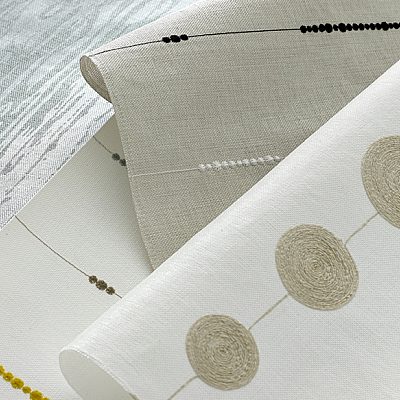
Material composition*Biobased Polyethylene 95%-100%, Polypropylene 5%, Antimony Trioxide 1-2% Calcium Carbonate, C.I. Pigment Blue 15, C.I. Pigment Brown 24, C.I. Pigment White 6, Hinder Amine Light Stabilizer, C.I. Pigment Yellow 139, C.I. Pigment Metall 1, C.I. Pigment Red 149, C.I. Pigment Yellow 180, C.I. Pigment Blue 29, C.I. Pigment Yellow 119, , C.I. Pigment Black 7, C.I. Pigment Red 101, C.I. Pigment Red 122, 1,3-PROPANEDIAMINE, N1,N1'-1,2-ETHANEDIYLBIS-, POLYMER WITH 2,4,6-TRICHLORO-1,3,5-TRIAZINE, REACTION PRODUCTS WITH N-BUTYL-2,2,6,6-TETRAMETHYL-4-PIPERIDINAMINE 0-1% *as reported by the manufacturer AVAILABLE SIZING56" (142 cm) wide COLORSVaries CERTIFICATIONS & DISCLOSURES
Health Product Declaration (HPD)
Declare Label
Environmental Product Declaration (EPD)
Safety Data Sheet (SDS)
USDA Certified Biobased Product Label
Other
Cradle to Cradle | Gold
SCS | Indoor Advantage Gold
Facts Gold Certified
Cradle to Cradle Material Health | Platinum
Additional DocumentsLast UpdatedMay 12, 2025 |
| Kvadrat | Clouds |
CloudsKvadrat's "Clouds" is a wall tile system made from wool. Special rubber bands provide a mechanical fastener system to connect the tile to be installed to a wall or hung from a ceiling. The outer fabric, Divina, is Greenguard Gold certified for low emission, it complies with REACH requirements for its dyes and any residuals or impurities. Wool is naturally flame retardant, it absorbs and gives off humidity. Abrasion: 45.000 Martindale CategoryTextile, WoolManufacturerKvadrat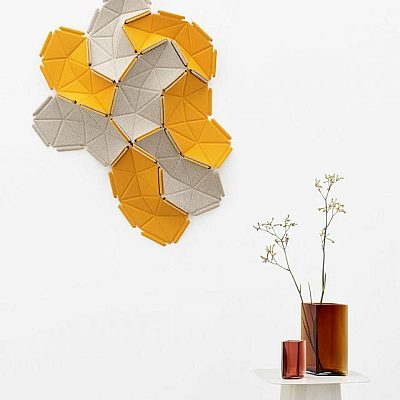
Material composition*100% new wool (surface), *as reported by the manufacturer COLORS8 Colors: Divina 886/Divina 106, Divina 191/Divina 106, Divina MD 673/Divina 106, Divina MD 783/Divina 106, Divina MD 213/Divina 426, Divina MD 713/Divina MD 783, Divina Melange 120/Divina 106, Divina Melange 120/Divina 756 CERTIFICATIONS & DISCLOSURES
Health Product Declaration (HPD)
Declare Label
Environmental Product Declaration (EPD)
Safety Data Sheet (SDS)
USDA Certified Biobased Product Label
Other
GREENGUARD | Gold
EU EcoLabel
Additional DocumentsLast UpdatedFebruary 02, 2025 |
| Moore and Giles | Terra Olive Green |
Terra Olive GreenAvailable At the Donghia Materials LibraryMoore & Giles’ Olive Green Leathers are aniline and crafted with wet-green® organic tanning agents. The dye is made from pure olive leaf extract which is a byproduct from olive production where these leave would traditionally be burned. The product is LBC Red List Free. CategoryTextile / Leather, BovineManufacturerMoore and Giles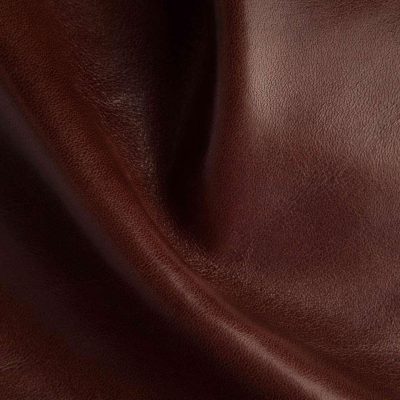
Material composition*Collagen ( Animal Skin), Water, Olive Leaf Extract (Oleuropein) Tanning Agent, Fat Oils: 9-Octadecenoic acid, Lecithins, C18-C50 branched cyclic and linear hydrocarbons- distillates, Dye: Sulfuric acid disodium salt *as reported by the manufacturer COLORSavailable in various colors CERTIFICATIONS & DISCLOSURES
Health Product Declaration (HPD)
Declare Label
Environmental Product Declaration (EPD)
Safety Data Sheet (SDS)
USDA Certified Biobased Product Label
Other
Intertek Sustainability
Additional DocumentsLast UpdatedNovember 18, 2025 |
| NYTextileLab | 2/10’s 80/20 wool and hemp blend, Ivory |
2/10’s 80/20 wool and hemp blend, IvoryAvailable At the Donghia Materials LibraryNew York Textile Lab designs yarns and textiles with an economically diverse and sustainable supply chain at the forefront of their mind. The fibers used are grown on climate beneficial soil within the North Eastern Region. This Hemp Wool Yarn is developed by the Textile Lab and produced with partnering manufacturers in the USA. CategoryTextile, HempManufacturerNYTextileLab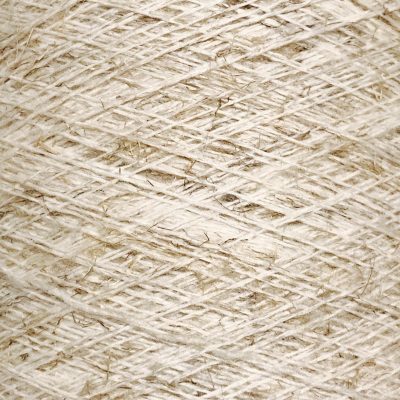
Material composition*70% fine wool sourced from Oregon, 30% domestic hemp from Nebraska. *as reported by the manufacturer CERTIFICATIONS & DISCLOSURES
Health Product Declaration (HPD)
Declare Label
Environmental Product Declaration (EPD)
Safety Data Sheet (SDS)
USDA Certified Biobased Product Label
Other
Last UpdatedJuly 11, 2023 |
| Kvadrat | Harald 3 |
Harald 3Low-Embodied Carbon MaterialA short-pile velour, Harald 3 is a cotton textile with a velvety optic. This product is Greenguard Gold certified for low emissions, and thankfully there is transparency with this product given by its Health and Environmental Product Disclosures (HPD and EPD). This textile is suitable for upholstery and curtains. Per Kvadrat's product-specific EPDs, this product meets HML's criteria for low embodied carbon. Abrasion: 100,000 Martindale CategoryTextile, CottonManufacturerKvadrat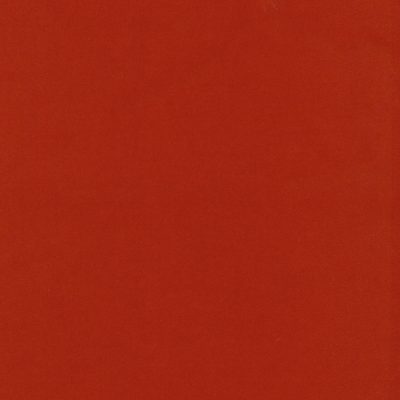
Material composition*100% Cotton *as reported by the manufacturer AVAILABLE SIZING55"/140 cm wide COLORS30 Colors CERTIFICATIONS & DISCLOSURES
Health Product Declaration (HPD)
Declare Label
Environmental Product Declaration (EPD)
Safety Data Sheet (SDS)
USDA Certified Biobased Product Label
Other
GREENGUARD Certification
Last UpdatedFebruary 02, 2025 |
| Kvadrat | Tonica 2 |
Tonica 2Designed by Georgina Wright, Tonica 2 is a woolen upholstery textile. This product is Greenguard Gold certified for low emissions, has both Health and Environmental Product Disclosures, and holds an EU Ecolabel. Tonica 2 is composed of 100% wool which can be biodegradable and because wool retains moisture in its fibers, it resists flame without chemical treatment. Abrasion: 45,000 Martindale CategoryTextile, WoolManufacturerKvadrat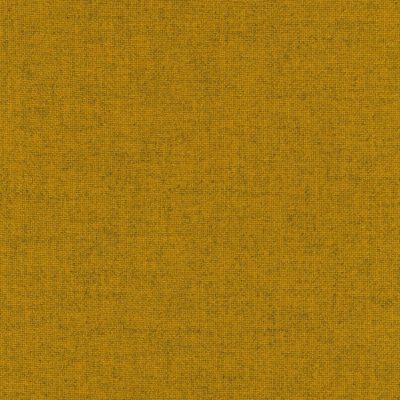
Material composition*100% New Wool *as reported by the manufacturer AVAILABLE SIZING55"/140 cm wide COLORS39 Colors CERTIFICATIONS & DISCLOSURES
Health Product Declaration (HPD)
Declare Label
Environmental Product Declaration (EPD)
Safety Data Sheet (SDS)
USDA Certified Biobased Product Label
Other
GREENGUARD | Gold
EU EcoLabel
Last UpdatedFebruary 02, 2025 |
| JAB Anstoetz | Vivo |
VivoAvailable At the Donghia Materials LibraryVivo is Climatex's all natural textile line, made of virgin wool and Lenzing (a fiber made from wood pulp). Climatex® textiles - offered by Jab Anstoetz KG - are produced in facilities awarded with Cradle to Cradle (C2C) Gold standard and blends can be 100% separated from each other and returned to their respective cycles - either being composted in the case of natural fibers or recycled if synthetic as in other lines. Untreated materials can be returned to the manufacturer after use to be recycled. The product is certified by Oekotex and Cradle to Cradle Silver for Material Health. Abrasion: 40,000 Martindale CategoryTextile, Natural Fiber BlendManufacturerJAB Anstoetz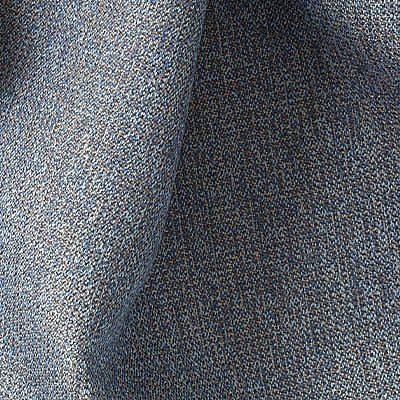
Material composition*60 % Certified Virgin Wool, WV - 40 % Redesigned Lenzing FR™ *as reported by the manufacturer AVAILABLE SIZING54"/138 cm wide COLORS29 Colors CERTIFICATIONS & DISCLOSURES
Health Product Declaration (HPD)
Declare Label
Environmental Product Declaration (EPD)
Safety Data Sheet (SDS)
USDA Certified Biobased Product Label
Other
Cradle to Cradle | Gold
Oeko-Tex®
Last UpdatedFebruary 07, 2025 |
| Hemp Traders | Hemp + Organic Cotton Muslin |
Hemp + Organic Cotton MuslinAvailable At the Donghia Materials LibraryThis textile is made of a blend of all-natural hemp and organic cotton fibers. The addition of organic cotton gives the textile a softer "hand" (the feel of the fabric on skin) and makes a more affordable option for interior textiles. In addition to being potentially biodegradable, hemp and cotton are both renewable resources. Hemp, in particular, is a notable favorite here at HML for its carbon sequestration and soil restoration abilities and the ways it can be farmed and processed. CategoryTextile, Natural Fiber BlendManufacturerHemp Traders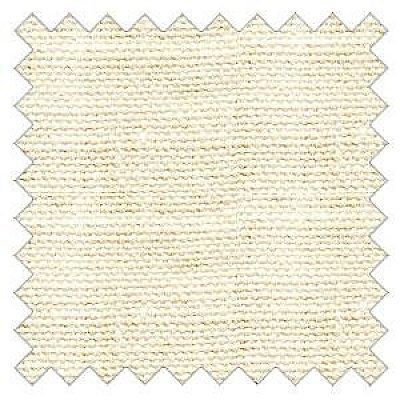
Material composition*55% Hemp 45% Organic Cotton *as reported by the manufacturer AVAILABLE SIZING58" wide COLORSNatural (undyed) CERTIFICATIONS & DISCLOSURES
Health Product Declaration (HPD)
Declare Label
Environmental Product Declaration (EPD)
Safety Data Sheet (SDS)
USDA Certified Biobased Product Label
Other
Last UpdatedJuly 11, 2023 |
| Filzfelt | 5mm Wool Design Felt |
5mm Wool Design FeltAvailable At the Donghia Materials LibraryAvailable for furniture, fashion, and vertical surface applications, this felt product is a high-quality wool material. It contains no formaldehyde, and is 100% VOC free. Filzfelt's wool holds the Oeko-Text Standard 100 certification. Sheep's wool contains lanolin, a thin waxy coating on the fibers which makes it naturally water and soil resistant. Plus, because wool retains moisture in every fiber, it resists flame without chemical treatment. It can also be 100% biodegradable as it is a natural fiber. This product can be customized with a flame retardant treatment. We advise selecting untreated textiles whenever possible. *Ask about budget-friendly "off-cuts". CategoryTextile, WoolManufacturerFilzfelt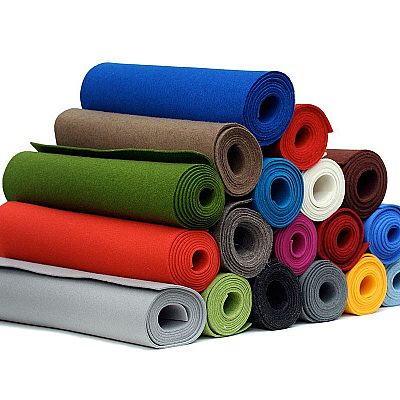
Material composition*99% Merino or Karakul Wool, 1% dye (see HPD for dye composition) *as reported by the manufacturer AVAILABLE SIZING70 3/4"/180 cm wide COLORS66 Colors CERTIFICATIONS & DISCLOSURES
Health Product Declaration (HPD)
Declare Label
Environmental Product Declaration (EPD)
Safety Data Sheet (SDS)
USDA Certified Biobased Product Label
Other
Oeko-Tex®
Last UpdatedFebruary 19, 2025 |
| FabriTRAK | FabriFELT™ |
FabriFELT™Available At the Donghia Materials LibraryFabriFELT™ is made entirely from sheep's wool. The material is suitable for walls and ceilings, and contributes to sound absorption. FabriFELT™ is disclosed through its DECLARE label. The product is Red List Free, suitable for LEED v4 projects. As a natural material, felt can be recycled: the manufacturer will take it back for recycling or via general textile recycling pathways. CategoryTextile, WoolManufacturerFabriTRAK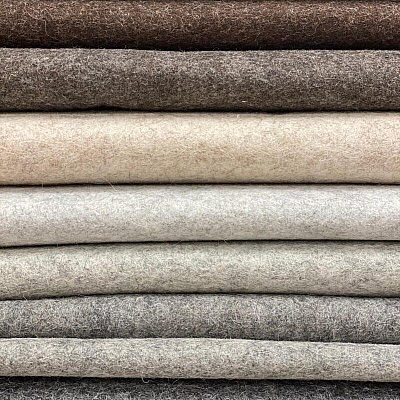
Material composition*100% Sheep's Wool *as reported by the manufacturer COLORS23 Colors CERTIFICATIONS & DISCLOSURES
Health Product Declaration (HPD)
Declare Label
Environmental Product Declaration (EPD)
Safety Data Sheet (SDS)
USDA Certified Biobased Product Label
Other
Last UpdatedFebruary 02, 2025 |
| Mycoworks | Reishi™ |
Reishi™Available At the Donghia Materials LibraryReishi™ is a leather grown through a proprietary Fine Mycelium™ process. This leather is grown rapidly from engineered mycelium and agricultural by-products and is strong, flexible, and durable, just like conventional leathers. It is also water-resistant and uses chrome-free tanning and dyeing processes. Reishi™ can be embedded with a cotton or recycled polyester fabric (where the mycelium binds to the backing) or be grown as 100% mycelium depending on the application. Mycoworks uses fungi indigenous to their manufacturing locations. Martindale Abrasion: 25,600-50,000 cycles Note: Production is currently paused, and stock is limited. CategoryTextile, MyceliumManufacturerMycoworks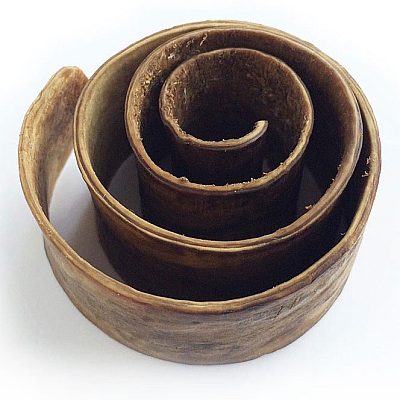
Material composition*mycelium, sawdust, agricultural by-products *as reported by the manufacturer CERTIFICATIONS & DISCLOSURES
Health Product Declaration (HPD)
Declare Label
Environmental Product Declaration (EPD)
Safety Data Sheet (SDS)
USDA Certified Biobased Product Label
Other
Last UpdatedDecember 02, 2025 |
| Bananatex | Bananatex® |
Bananatex®Available At the Donghia Materials LibraryBananatex® is a fabric made entirely from naturally grown Abacá banana plants cultivated within a natural, sustainable agriculture ecosystem, avoiding pesticides, fertilizers, and minimizing water usage. The material is suitable for upholstery as well as apparel. Bananatex® fabric is C2C Certified® Material Health Level Platinum with an overall rating Gold. Abrasion: ≥ 30000 double rubs CategoryTextile, Natural FiberManufacturerBananatex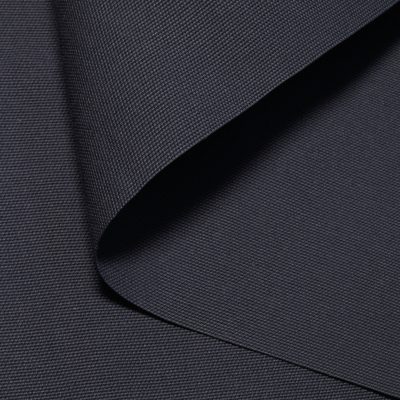
Material composition*abacá fiber *as reported by the manufacturer CERTIFICATIONS & DISCLOSURES
Health Product Declaration (HPD)
Declare Label
Environmental Product Declaration (EPD)
Safety Data Sheet (SDS)
USDA Certified Biobased Product Label
Other
Cradle to Cradle | Gold
Last UpdatedNovember 29, 2023 |
| Camira Fabrics | Hemp |
HempAvailable At the Donghia Materials LibraryThis textile is a wool/hemp blend with inherent flame retardant properties due to its wool contents. It is suitable for heavy duty upholstery. It has an EPD and is Indoor Advantage Gold certified. This product meets 47,500 abrasion testing. CategoryTextile, Natural Fiber BlendManufacturerCamira Fabrics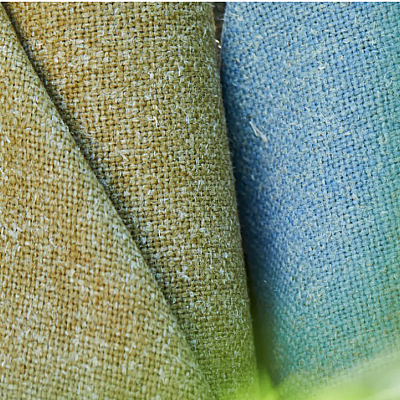
Material composition*70% Wool, 30% Hemp *as reported by the manufacturer CERTIFICATIONS & DISCLOSURES
Health Product Declaration (HPD)
Declare Label
Environmental Product Declaration (EPD)
Safety Data Sheet (SDS)
USDA Certified Biobased Product Label
Other
GREENGUARD | Gold
EU EcoLabel
Last UpdatedFebruary 02, 2025 |
| Camira Fabrics | Blazer Lite |
Blazer LiteUsed in Healthier Affordable HousingBlazer Lite is an 100% wool textile for panels and drapery. The wool is sourced from New Zealand . Blazer Lite has an EPD and meets the EU Ecolabel and SCS Global Indoor Advantage GOLD standards. CategoryTextile, WoolManufacturerCamira Fabrics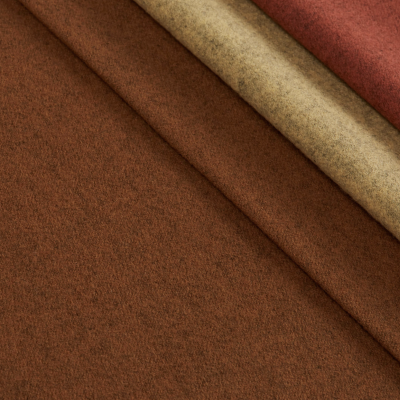
Material composition*100% wool *as reported by the manufacturer CERTIFICATIONS & DISCLOSURES
Health Product Declaration (HPD)
Declare Label
Environmental Product Declaration (EPD)
Safety Data Sheet (SDS)
USDA Certified Biobased Product Label
Other
SCS | Indoor Advantage Gold
EU EcoLabel
Last UpdatedFebruary 02, 2025 |
| Bernhardt Textiles | Focus |
FocusFocus is an 100% wool textile for upholstery and panel. Focus has SCS Global Indoor Advantage GOLD certification. According to the manufacturer it is PFAS free, FR free and meets the LBC Red List free. The product meets 100,000 Martindale abrasion. CategoryTextile, WoolManufacturerBernhardt Textiles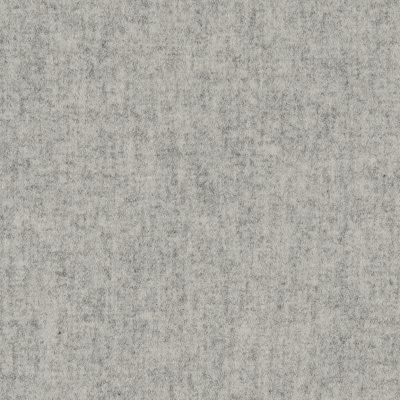
Material composition*100% wool *as reported by the manufacturer CERTIFICATIONS & DISCLOSURES
Health Product Declaration (HPD)
Declare Label
Environmental Product Declaration (EPD)
Safety Data Sheet (SDS)
USDA Certified Biobased Product Label
Other
SCS | Indoor Advantage Gold
Last UpdatedMarch 29, 2024 |
| Natural Fiber Welding |
MIRUM®
|
MIRUM®Product in DevelopmentMIRUM® is a leather alternative of 100% Biobased Content and has been awarded the USDA Certified Biobased Product Label in the BioPreferred® Program. The manufacturer has confirmed no petrochemicals are used in the material. CategoryTextile, BiobasedManufacturerNatural Fiber Welding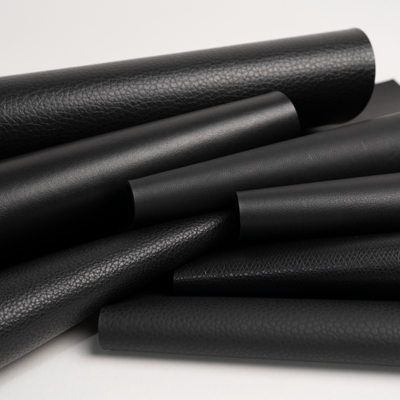
Material composition*Coconut husk fiber, cork, natural rubber, talc, silica, clay, plant oils/waxes *as reported by the manufacturer CERTIFICATIONS & DISCLOSURES
Health Product Declaration (HPD)
Declare Label
Environmental Product Declaration (EPD)
Safety Data Sheet (SDS)
USDA Certified Biobased Product Label
Other
Last UpdatedDecember 03, 2024 |
| Hemp Go Green | Hemp Fabric |
Hemp FabricAvailable At the Donghia Materials LibraryAn 100% hemp canvas available in 60oz, 8oz, and 12oz weights. Suitable for light upholstery. Hemp is a less intensive fiber to grow than cotton, thriving on less water and eliminating the need for most pesticides, herbicides, and fungicides. CategoryTextile, HempManufacturerHemp Go Green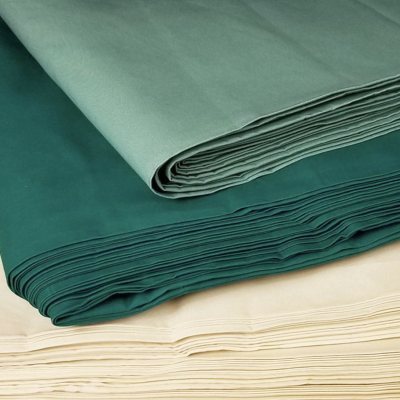
Material composition*100% hemp *as reported by the manufacturer CERTIFICATIONS & DISCLOSURES
Health Product Declaration (HPD)
Declare Label
Environmental Product Declaration (EPD)
Safety Data Sheet (SDS)
USDA Certified Biobased Product Label
Other
Last UpdatedFebruary 03, 2025 |
| Weitzner Limited | Mesa |
MesaAvailable At the Donghia Materials LibraryMesa is an 100% linen drapery with no added finishes or chemicals of concern. Mesa passes AATCC colorfastness requirements for Drapery fabrics. CategoryTextile, Natural FiberManufacturerWeitzner Limited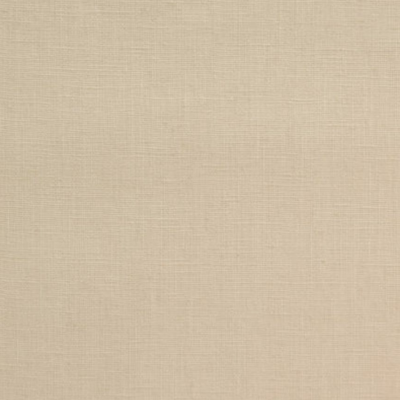
Material composition*100% linen *as reported by the manufacturer CERTIFICATIONS & DISCLOSURES
Health Product Declaration (HPD)
Declare Label
Environmental Product Declaration (EPD)
Safety Data Sheet (SDS)
USDA Certified Biobased Product Label
Other
Last UpdatedFebruary 02, 2025 |
| Pollack Associates | Westward |
WestwardAvailable At the Donghia Materials LibraryWestward is an 100% linen upholstery with no added finishes. This product meets 35,000 Martindale abrasion testing. CategoryTextile, Natural FiberManufacturerPollack Associates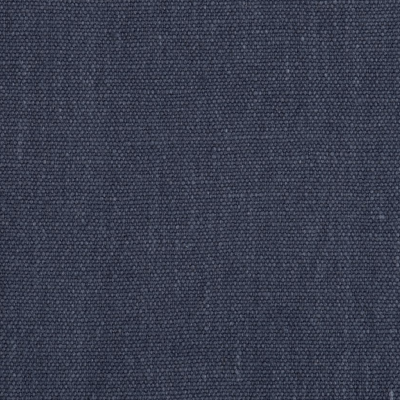
Material composition*100% linen *as reported by the manufacturer CERTIFICATIONS & DISCLOSURES
Health Product Declaration (HPD)
Declare Label
Environmental Product Declaration (EPD)
Safety Data Sheet (SDS)
USDA Certified Biobased Product Label
Other
Last UpdatedFebruary 02, 2025 |
| RTFACT Brands |
CorkonLinen
|
CorkonLinenAvailable At the Donghia Materials LibraryProduct in DevelopmentCorkonLinen is a plastic-free leather alternative. Cork contains a natural polymer called suberin which allows cork pieces to be bonded with heat and pressure only. Cork sourced from FSC-certified forests is hand-laid, sanded and backed by a linen fabric with a water-based glue. It is suitable for upholstery, accessories, and footwear. CategoryTextile, BiobasedManufacturerRTFACT Brands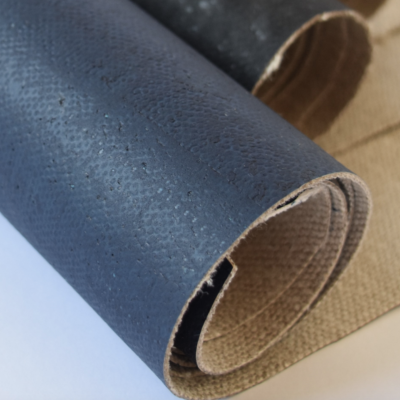
Material composition*70% linen, 30% cork, 1% water-based glue *as reported by the manufacturer CERTIFICATIONS & DISCLOSURES
Health Product Declaration (HPD)
Declare Label
Environmental Product Declaration (EPD)
Safety Data Sheet (SDS)
USDA Certified Biobased Product Label
Other
Last UpdatedFebruary 02, 2025 |
The products in this collection have all been evaluated for their contents and performance. To be considered, a product must disclose at least 75% of its ingredients by weight and avoid the biggest health concerns, as indicated by their disclosure documentation. For textile products, that means that they avoid flame retardants, antimicrobials, and per-fluorinated stain treatments. It also means to meet limited emissions standards as specified by CDPH Standard Method (01350) or equivalent (Greenguard Gold or above).
HML considers certifications such as: Cradle to Cradle, FACTs, Greenguard, Declare, HPDC, or Bluesign.
All products are evaluated for embodied carbon {kg of CO₂ eq /square meter) if (LCA) and (EPD) documentation is available. Those under 5 kg of CO₂ equivalent per square meter earn the HML Standard for Low Embodied Carbon (LEC) and are clearly marked.
Spec Guidance
Inquire with manufacturers for transparency and LCA information as much as possible. Materials new to the market may not yet have certifications and disclosures and often are made proprietarily.
Avoid Antimicrobials, Perfluorinated Stain Repellents, and Flame Retardants. These toxic chemicals often added as surface treatments, can be carcinogenic or disrupting to the endocrine systems. These textiles are often marketed as "antimicrobial", "waterproof" or "stain-resistant". You can also avoid flame retardants by looking for TB117-2013 Flammability Labels on furniture and making sure it is marked "contain NO added flame retardant chemicals"
Look for Textiles that meet Low Emission requirements. These may be indicated as being compliant with CDPH Standard Method (01350) or certified through Greenguard Gold or SCS Indoor Advantage Gold.
Avoid PVC. Textiles made of PVC, with PVC backings or coatings can be hazardous and can expose occupants and manufacturers to highly toxic chemicals such as dioxins and phthalates.
For regenerated fibers, choose Lyocell over Viscose processes due to less harmful solvents in the extraction process. TENCEL™ uses FSC certified wood fiber and has a closed loop production process to recycle solvents.
Prefer dyes and mordants that are free of heavy metals such as antimony. Toxic chemicals not only have an effect on people involved in the dying processes but can also leach into watersheds and disturb surrounding ecosystems.
Opt for products which consider animal wellbeing. Look for standards to confirm animal safety such as the Responsible Mohair Standard, Responsible Alpaca Standard, Responsible Down Standard, Responsible Wool Standard and the SFA Cashmere Standard.
Consider the total impact of textiles across their entire life cycle, including their implications on health, carbon, circularity and social equity. These factors may be assessed via Multi-attribute Certifications such as Cradle to Cradle, STeP by Oeko Tex or FACTS.
Dye pH, water and mordants can affect dye colors. Reuse and Recycle Wastewater. Pretreat wastewater before disposal. Select new technologies which reduce water use.
Avoid petrochemical-based barrier textiles such as polyurethane which have high VOC emission rates. (UL Research)
Updated June 15, 2020
Related Videos
The Story of Microfibers
Related Tools and Guides
More Collections
Join Our Academic Network
Get Access to our carefully researched and curated academic resources, including model syllabi and webinars. An email from an academic institution or a .edu email address is required. If your academic institution does not use .edu email addresses but you would like to join the network, please contact healthymaterialslab@newschool.edu.
Already have an account? Log in